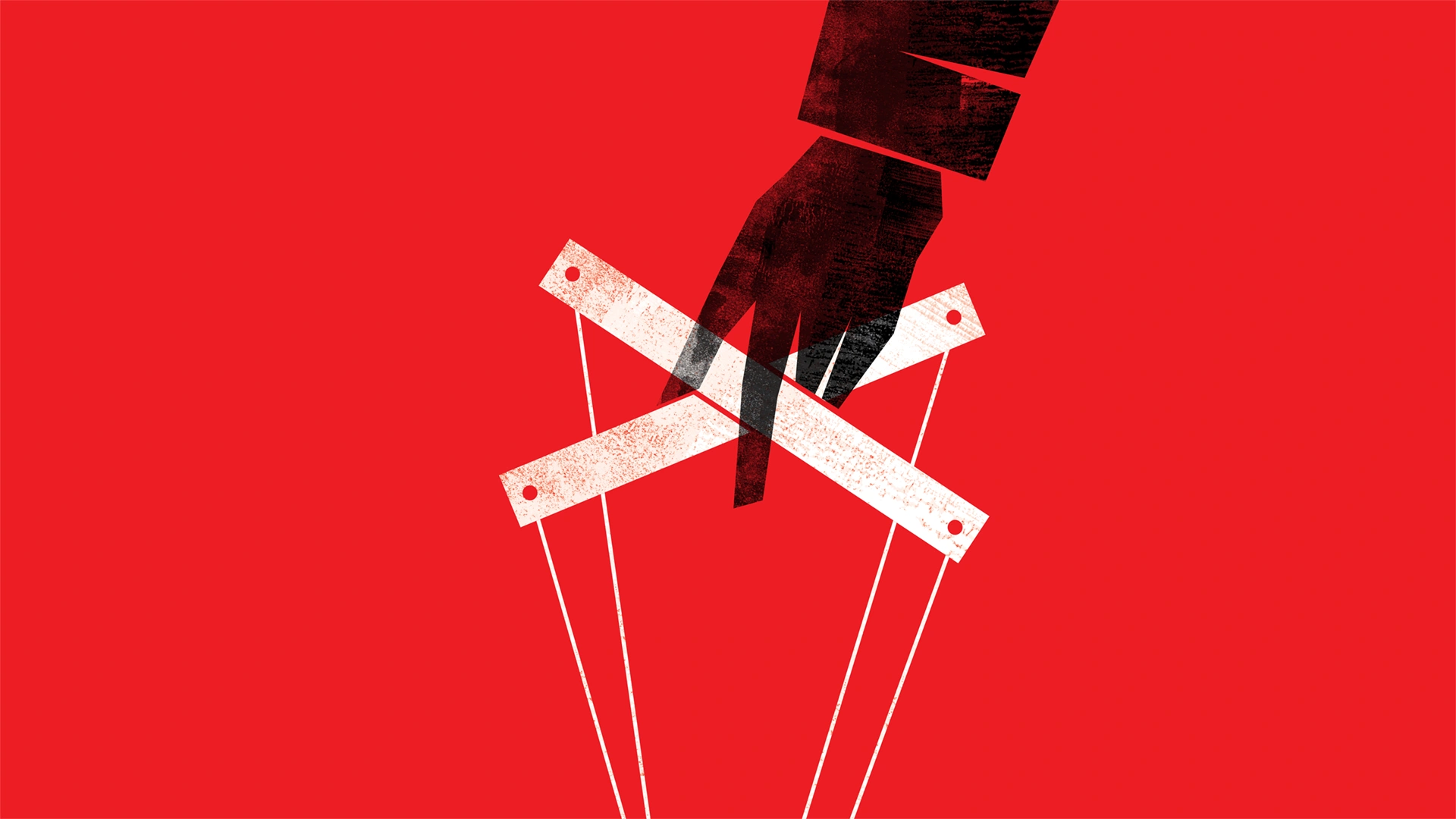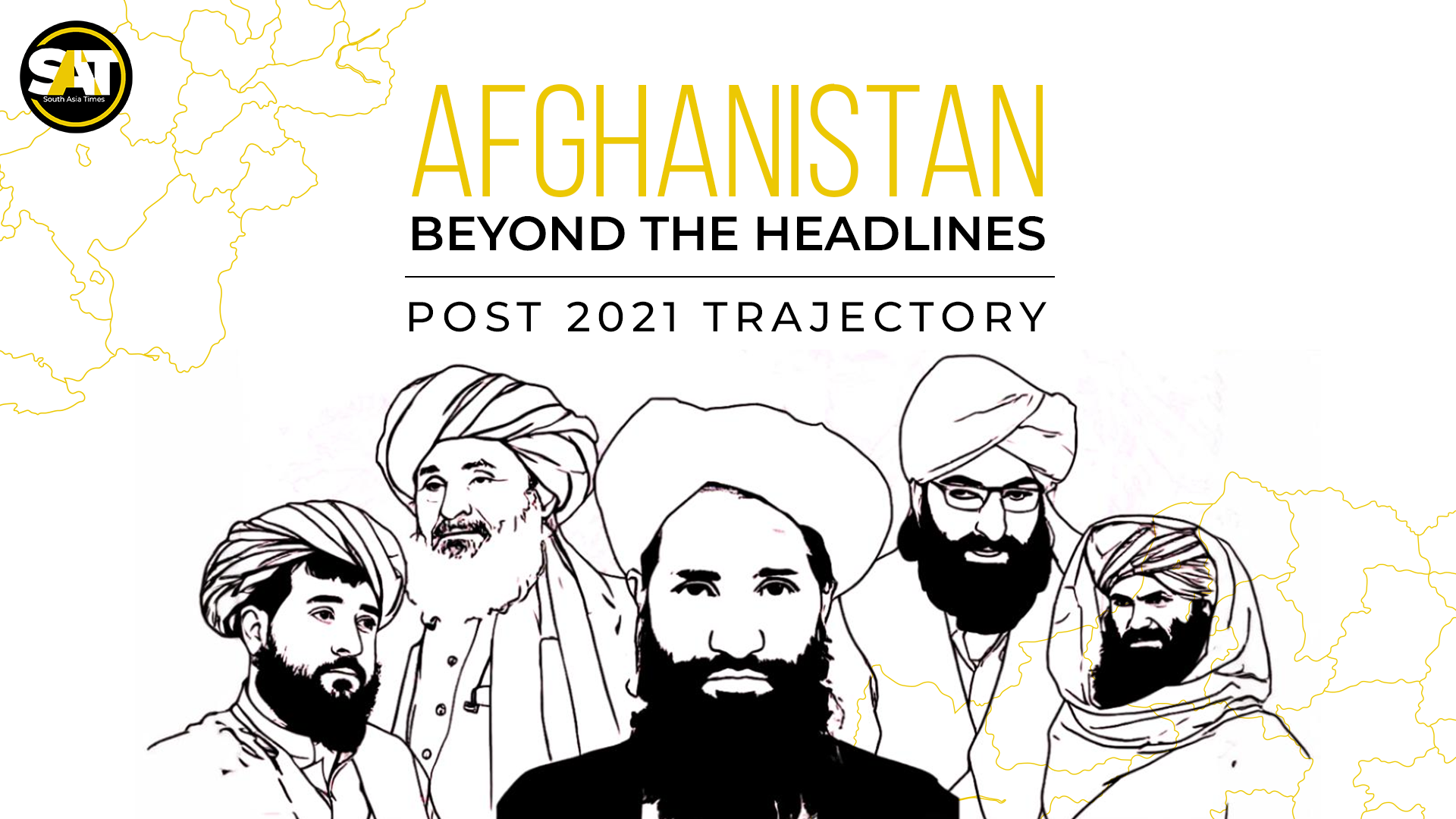Former President Donald Trump, set to begin his second term in January 2025, has yet to overcome his romanticism with tariffs to protect and expand the United States economy. On December 1, the President-elect took a jab at BRICS+ nations over their ambitious de-dollarization plans. He has threatened to impose 100% tariffs on Brazil, Russia, India, China, and South Africa (BRICS) countries if they introduce a new currency to compete with the U.S. dollar. “They can go find another sucker. There is no chance that the BRICS will replace the U.S. dollar in international trade, and any country that tries should wave goodbye to America,” he added.
Tariffs: A Key Tenet of Trump’s Economic Agenda
Tariffs have long been a defining element of Trump’s economic policy.
During his campaign trail, he pledged sweeping duties against allies and adversaries alike. His 2025 plan emphasizes “reciprocity” in response to protectionist regimes. Speaking a month before the elections, Trump stated, “Reciprocity is a word that’s very important in my plan because we generally don’t charge tariffs… We don’t charge. China will charge us a 200 per cent tariff. Brazil is a big charger. The biggest charger of all is India.” While acknowledging that India imposes higher tariffs than China, he added, “But they do it with a smile. They do it… Sort of a nicer charge. They say, ‘Thank you so much for purchasing from India.”
In line with his rhetoric, Trump announced on November 25 plans to sign an executive order imposing a 25% tariff on all imports from Canada and Mexico, along with an additional 10% tariff on imports from China. These measures are framed as a response to issues such as drug trafficking and illegal migration across US borders. Although Trump had pledged universal tariffs on the campaign trail, targeting all goods imported into the U.S., the proposed tariffs focus on the nation’s three largest trading partners. He confirmed that the executive order would be signed on January 20, the day of his inauguration.
Also See: Trump’s 2024 Comeback: Renewing the ‘America First’ Agenda
Implications of Trump’s Tariffs: A Potential Trade War
Since Trump’s latest tariff announcement, China’s embassy has ominously responded by saying: “No one will win a trade war.” Mexico’s economy minister Marcelo Ebrard meanwhile said that the country would consider retaliating.
“If you put 25% tariffs on me, I have to react with tariffs. Structurally, we have the conditions to play in Mexico’s favour,” he said.
The three countries—Canada, Mexico, and China—are the United States largest trade partners, and imposing tariffs on all three would essentially act as a tax on those imports.
In 2023, US companies imported over $1.2 trillion from these countries. Canada is a major exporter of crude oil and other gas products to the US, while Mexico has become a significant exporter of cars and auto parts. Tesla had announced plans to build a factory in Mexico last year, though the project has since been paused, with Elon Musk supporting Trump’s campaign. China is a major supplier of electronics, such as phones and laptops.
Countries affected by these tariffs could retaliate by imposing their own tariffs on American imports, which would also drive up consumer prices in the US. American consumers seem to be aware of this potential impact. A recent Harris/Guardian poll showed that nearly two-thirds of Americans expect prices to rise if Trump implements broad tariffs.
BRICS’ Efforts to Dethrone the Dollar: A Challenge to US Hegemony
The BRICS bloc has already made significant strides in establishing alternatives to traditional Western-dominated financial institutions. The bloc is actively reshaping global financial and economic dynamics, signaling a move toward bi-multipolarity—two dominant poles, the U.S. and China, alongside other influential centres.
The creation of the New Development Bank (NDB) in 2015 marks a significant step, with $32.8 billion allocated across 96 projects. However, this figure has stagnated since April 2023.
Despite its challenges, the NDB remains a potential alternative to the IMF and World Bank by providing aid with fewer conditions.
China, now the world’s largest economy by purchasing power parity (PPP), is projected to surpass the U.S. in Gross Domestic Product (GDP) terms within 10–15 years. It is proactively expanding its influence through currency swap agreements.
Similarly, India and Russia have revived discussions to facilitate trade in local currencies. In August 2024, the Indian and Russian central banks explored setting a direct exchange rate for trade, bypassing the U.S. dollar. This initiative follows a surge in bilateral trade, with Russia becoming India’s second-largest exporter after China. Russian exports to India grew to $23.78 billion in the first four months of 2024, reflecting a 20.3% year-on-year increase, driven largely by crude oil imports, which totalled $61.43 billion in FY 2023-24, a 33% rise from the previous year. All this boom has occurred after the Russian-Ukraine war and the subsequent Western sanctions against Russia.
At the October summit in Kazan, BRICS members issued a joint declaration focused on “strengthening correspondent banking networks within BRICS and enabling settlements in local currencies,” as part of the BRICS Cross-Border Payments Initiative.
Russian President Vladimir Putin advocated for the creation of an alternative international payment system to limit the United States ability to use the dollar as a political tool. However, other BRICS members, especially India and Brazil, remain cautious, and concerned about the potential economic and diplomatic repercussions of distancing from the dollar, which serves as the foundation of global financial systems.
BRICS Currency Plans Collide with Trump’s Tariff Threats
The BRICS bloc, already surpassing the G7 in purchasing power parity, signals a shift in global alignment away from the U.S.-led West. Turkiye, a NATO member, has also shown interest in joining the grouping. Turkiye’s inclusion could encourage more NATO and EU nations to follow, deepening the West’s insecurities viz-a-viz global market dominance. Trump’s return to the Oval Office and his American-first hysteria would further hinder the ambitious BRICS de-dollarization plans. Trump’s latest warning to impose 100% tariffs on countries in the BRICS group if they create a new currency to rival the U.S. dollar seems to be driven by this insecurity.
India’s Balancing Act Amid Trump Tariffs and BRICS De-Dollarization
The push for de-dollarization poses a double-edged challenge for India.
On one hand, New Delhi’s commitment to the Global South and multilateralism requires it to engage actively with the BRICS’ agenda. On the other hand, its deepening ties with the United States—spanning defence, trade, and technology—demand a careful balancing act.
Foreign Minister S. Jaishankar stated in October that de-dollarization is not part of India’s economic policy. He also emphasized that it is not a component of the country’s political or strategic policies. He added that they explore alternative solutions or workarounds when trade partners do not accept dollars or when trade policy issues arise.
This implies that the successors of Chanakya seem skilled at capitalizing on the US-BRICS rivalry. Some Chinese analysts criticized Jaishankar’s statement as “opportunistic.”
They argue that India is leveraging this dynamic to secure benefits from the United States in exchange for undermining BRICS’ de-dollarization initiatives. At the same time, critics accuse India of using the BRICS platform to advance its own agenda. This includes pushing for the inclusion of the Indian rupee and ensuring that any new settlement systems remain non-binding.
Furthermore, certain Chinese accounts speculate that the recent India-Canada diplomatic spat might be a Western strategy to pressure India against supporting BRICS de-dollarization efforts. Notably, the timing of the diplomatic row, just days before the BRICS summit in Kazan, strengthens this argument.
However, Donald Trump’s return to the Oval Office in 2025 is testing this calculated ambiguity. Trump’s economic agenda—dominated by protectionism and punitive tariffs—threatens to disrupt India’s delicate balancing act. His vow to impose a 100% tariff on BRICS members if they challenge the US dollar signals a hardline stance.

![Trump's White House return sparks trade tensions with Trump tariffs and BRICS opposition, disrupting global economic dynamics. [Image via SAT Creatives]](https://southasiatimes.org/wp-content/uploads/2024/12/SAT-Web-Banners-4.webp)




